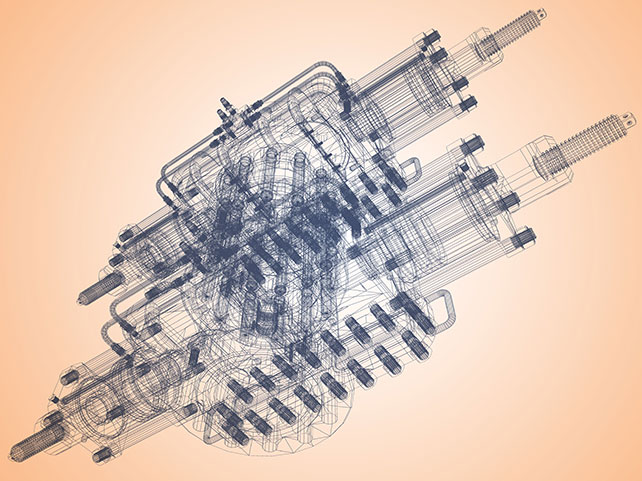Technology is changing most tasks that we undertake in our daily lives, and also our jobs, especially for those who work in the word of design, construction and bim services. Traditionally, building design has always been a little bit of a compromise: juggling budget, time restrictions, and computing power often means that the number of building design options is reduced. If project managers and their teams had access to an abundance of information about the project – an accurate forecast of every aspect of the build that will affect the costs, and an unlimited amount of time to create a design and build estimate – then their bids will be much more successful. Technology can help with this – so here are four trends in technology that may have an impact on the role of architects and engineers in the future:
Big Data
The finance and retail sectors have been using big data technology for some time, but with the advent of building information modelling (bim), construction workers now have access to large amounts of highly structured information. Having large amounts of information across lots of projects means that construction contractors can now start looking for patterns to help them identify things such as what is causing them to overestimate bids and the best way for them to optimise cash-flow.
Cloud Computing
A lot has been made of how cloud computing is going to have an impact on data storage and e-commerce, but it also has another use as an information manager. Cloud computing means that instead of having to rely on their own local servers, bim consulting firms can now get access to large amounts of processing power to help them with more complex analytical problems. This means that they can give more accurate estimates about the life cycle of a building.
Collaborative Working
One of the main benefits of bim modelling is the encouragement of collaborative working to increase productivity and ensure targets are not missed. Being able to share large amounts of information through a cloud-based environment means that every contractor working on the project is effectively working in the same virtual office. This means that misunderstandings and confusion should be reduced as problems can be solved virtually before they even appear in the field.
Generative Design
Autodesk defines generative design as mimicking “nature’s evolutionary approach to design. Designers or engineers input their design goals into generative design software, along with parameters such as materials, manufacturing methods, and cost constraints. The software explores all the possible permutations of a solution, quickly generating design alternatives. It tests and learns from each iteration what works and what doesn’t.” In construction, this means it removes any predisposed ideas of what good design in buildings is, and instead helps us to identify much more appropriate built asset solutions based on economic, environmental and social performance.
As you can see, technology is changing construction fundamentally, especially when it comes to bim objects and 3D models. Taking a little time to understand this technology and how it can be used as a commercial advantage can only be a good thing.
If you want help with achieving BIM levels and want to find out how the technology we use at The CAD Room can help your construction business, then please call the team today on 0161 427 0348 or alternatively send us an email to office@thecadroom.com

